Right now, the world’s hottest film and television work is undoubtedly the Korean drama “Squid Game”.
This “Battle Royale” style work has set off a craze around the world, and related topics are on hot searches every day.
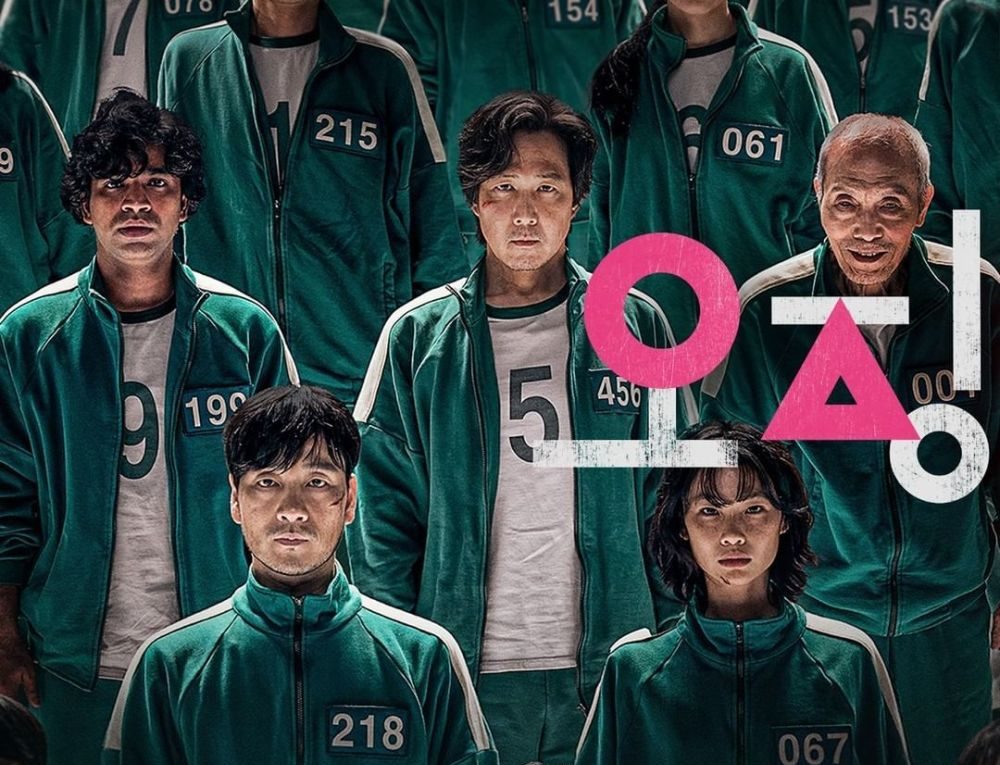
Almost reached the top of the hot list in all regions of its producer Netflix.
Related Post: “Squid Game” may become the highest-rated drama in Netflix history.
This reminds me of the Korean movie “Gisaengchung” that swept the Oscars last year, and the question that has been asked by many people: Why can South Korea do it?
Related Post: How did Netflix make “Squid Game” “No. 1”?
Like “Gisaengchung”, “Squid Game” also has a strong creative team.
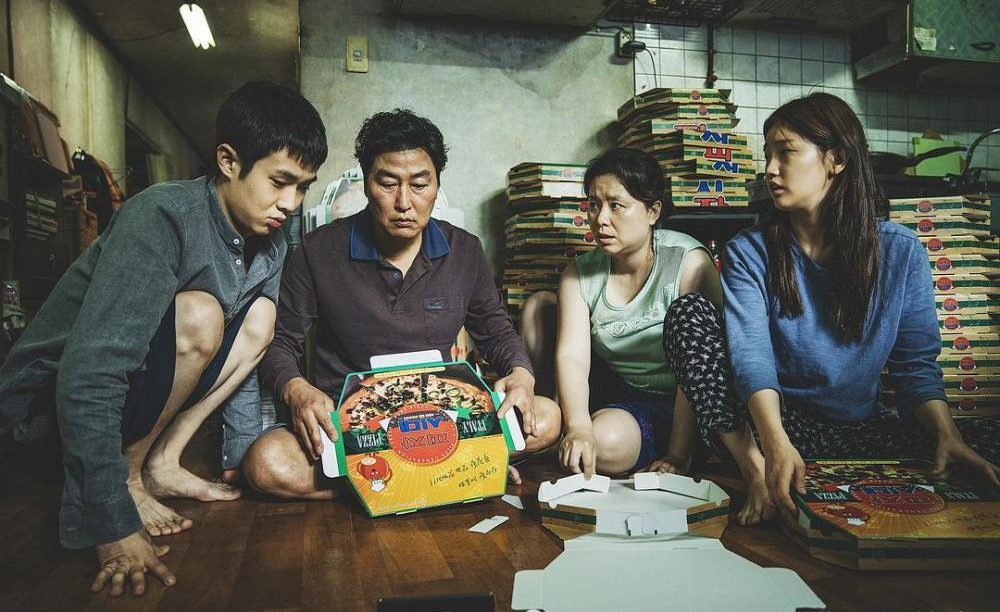
Director and screenwriter Dong-hyuk Hwang, with excellent works such as “Silenced” and “Miss Granny”.
The lead actor is Jung-jae Lee, a veteran male god, who subverts the image in the play and plays the Korean-style dirty uncle.
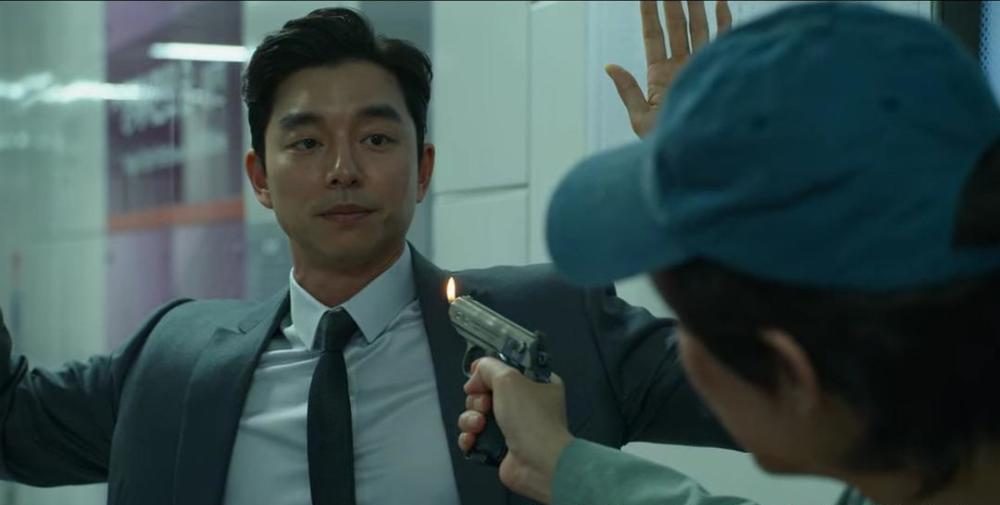
The very popular male second Hae-soo Park, with his wonderful performance in “Prison Playbook”, is like a rising star in the handsome uncle world.
And the director’s old partner, “Millionaire” Yoo Gong, and another “male god” figure, Byeng-hun Lee, are even more “Green Leaf” and contributed unforgettable performances.
Coupled with the complicated characterization of human nature that Korean film and television works have always been good at, these elements provide excellent quality assurance.

South Korean film and television dramas entered Hollywood, marked by “Snowpiercer” which was released in 2013 and directed by Bong Joon ho.
At that time, “Snowpiercer” was interpreted by the outside world as the beginning of a large-scale entry into Hollywood by Korean first-line directors.
What cannot be ignored is that in the past 30 years, Korean film and television dramas have also established an industrial system that suits them.
A group of local audiences who have confidence in Korean films and a system that gives excellent works and young people a positive incentive.
In 1984, the Korean Academy of Film and Art (KAFA) was established.
It is a film school established by KMPPC, the predecessor of KOFIC.
The purpose is to bring external fresh blood to the old Korean film system.
In the eyes of most people, this is a turning point for Korean movies from old to new, and it is also the origin of the revitalization of Korean movies.
Since then, many young talents who graduated from KAFA have entered the industry, providing a talent pool for the growth of Korean film and television dramas.
For example, Bong Joon ho, who has a background in sociology, started here.
1998 was a turning point.
One of the most important measures taken by the Kim Dae-jung government after it came to power through the general election is to carry out the reform of the cultural industry and comprehensively amend the film law.
The new film law abolished film censorship and replaced it with a film classification system.
The new film law also abolished the original KMPPC and established KOFIC to specifically support Korean films.
The abolition of censorship becomes a “catalyst”.
More and more young people have entered KOFIC. They have more flexible thinking and have transformed KOFIC from a patriarchal and high-pressure management agency into an industry service agency.
In the same period, the establishment of the Busan Film Festival allowed Korean films to move from closed to open.
KOFIC invests in films in two forms: direct investment in artistic films, or an investment fund established with venture capital companies to invest in commercial films.
The investment and production of Korean films are two separate links.
Investment in Korean films is mainly divided into three stages.
Most of the government’s participation is in the production and the promotion and distribution of the film.
The funds for the early script and creative stage are borne by the producers themselves.
In recent years, KOFIC has also set up an incentive mechanism for low-cost movies, so that when a certain box office performance is reached, they can get financial subsidies from the government.
In addition to providing financial support, KOFIC also invests in director training.
More and more universities in South Korea are beginning to set up majors related to film and television.
In 1997, KAFA also added the photography major in addition to the director major, and expanded the original one-year project to two years after two years.
Due to the scarcity of director talents, directors who originally graduated from KAFA who are “not so professional” and “work at the bottom of the industry” have gained more favor from producers.
Bong Joon ho received the first film “Phantom: The Submarine” for which he was a screenwriter around 1998.
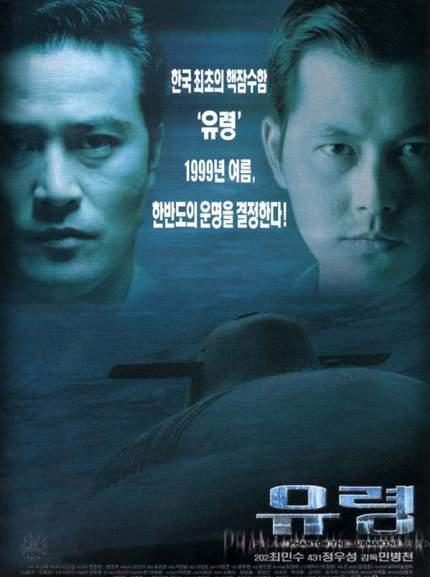
On the other hand, the development of Korean TV dramas is much earlier than that of movies.
Many actors joined the performing arts training classes offered by TV stations in the 1980s and 1990s, and these people later appeared frequently in Korean movies.
Others who have extensive experience in stage performances are hired by entertainment companies as teachers to train company artists in acting skills.
The greater freedom of creation, the cultivation of talents, and financial support have enabled Korean films to enter a period of rapid development since the late 1990s.
The construction of multi-hall theaters has promoted the development of the industry from another perspective.
Both CJ and Lotte began to invest in the construction of theaters. CJ, Orange Sky Golden Harvest, and Wayshow jointly established CGV in 1996.
The first CGV multi-hall theater opened in 1998 near the current Seoul Gangbyeon subway station.
You can think of the 10 years from 1996 to 2006 as the “golden decade” for the development of Korean cinemas.
The number of screens has increased from 511 to 1,880, and the number of multi-hall theaters has grown from 0 in 1996 to 321 in 2006.
The rapid expansion of channels has stimulated the demand for content production, and more and more production companies and professional producers have begun to appear.
Investment companies such as CJ and Lotte that have major cinema chains continue to urge creators to produce more works.
Many of the films planned in the late 1990s were released in 2002-2004.
The increase in production budgets has caused filmmakers to pay more attention to the picture quality of the film, and the demand for film special effects has also been stimulated.
Almost all of the Korean movies you are most familiar with appeared in that period.
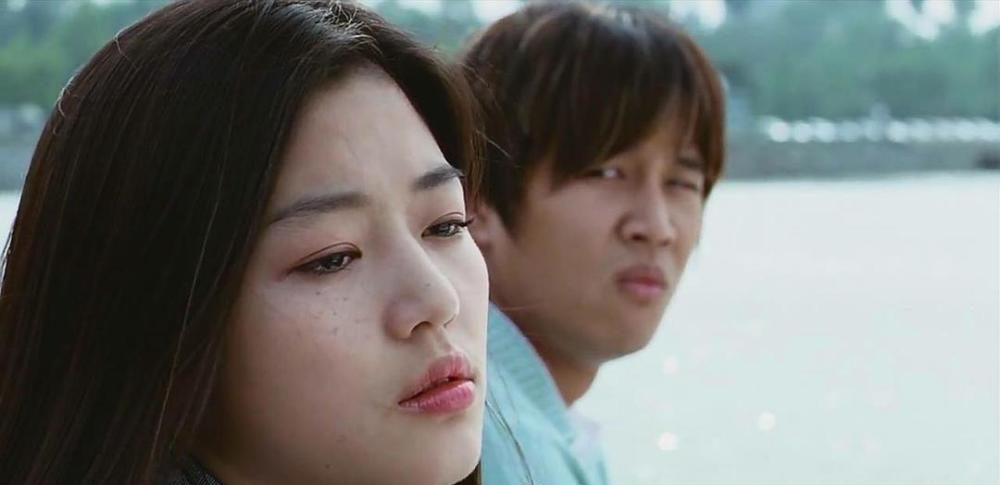
For example, “엽기적인그녀” by Jun Ji-hyun, Bong Joon ho’s masterpiece, “Memories Of Murder”, the first film adapted from real events, Park Chan-wook’s “Old Boy”, Kang Je-gyu’s “TaeGukGi” : Brotherhood Of War” etc.
The youth of a generation.
However, the declining rate of return on investment, coupled with the financial crisis that began in 2007, caused profit-seeking capital to withdraw quickly after the industry fell into a trough.
In order to maintain the balance of the industry, KOFIC began to restrict large companies from further monopolizing the entire industry through policy adjustments.
Everyone is also increasingly aware that the focus of competition has shifted from channels to content.
In order to produce better content, stronger professional skills are needed, and the entire Korean film industry chain has begun to upgrade towards specialization.
Some people with extensive experience in the industry began to re-enter training in institutions like KAFA.
In order to better control project risks, companies such as CJ, Showbox, and N.E.W. hope to play a bigger role in the project.
They began to get more involved in production, usually outputting suggestions to creators in the form of “friendly feedback”.
Sometimes they also participate in the selection of film roles, and the investor’s position in the entire project becomes more powerful.
Today, the development of the film industry is more closely integrated with South Korea’s local economy.
Busan established the Busan Film Festival in 1996 and introduced a series of policies to attract foreign teams to film in Busan.
A more obvious example comes from the small city of Goyang, a half-hour drive from Seoul.
In 2008, Goyang decided to make the creative industries including film and television dramas, games, and animation the focus of the future development of Goyang City, and established the Goyang Promotion Institute.
The crew can enjoy a subsidy of up to 30% when they come to Goyang for shooting.
In order to meet the needs of more and more movies for shooting underwater scenes, Goyang established Korea’s first underwater shooting center in 2011.
It consists of 3 tanks of different sizes, which were transformed from an old water purification plant.
It can shoot different scenes as small as a car rushing into the water to as large as a sea disaster movie like “해운대”.

In addition to attracting crews to film in Goyang City, Goyang also hopes to attract film and television companies to move their headquarters here by providing spacious office space and tax relief.
Attracted by various preferential policies and hardware facilities, more and more major Hollywood projects are also choosing to shoot in South Korea.
In April 2014, the filming of “Avengers 2” was completed in Seoul. This is a rare learning opportunity for local Korean teams.
Hollywood will also choose to invest directly. For example, before “Squid Game”, another popular Korean drama “Kingdom” was also produced by Netflix.
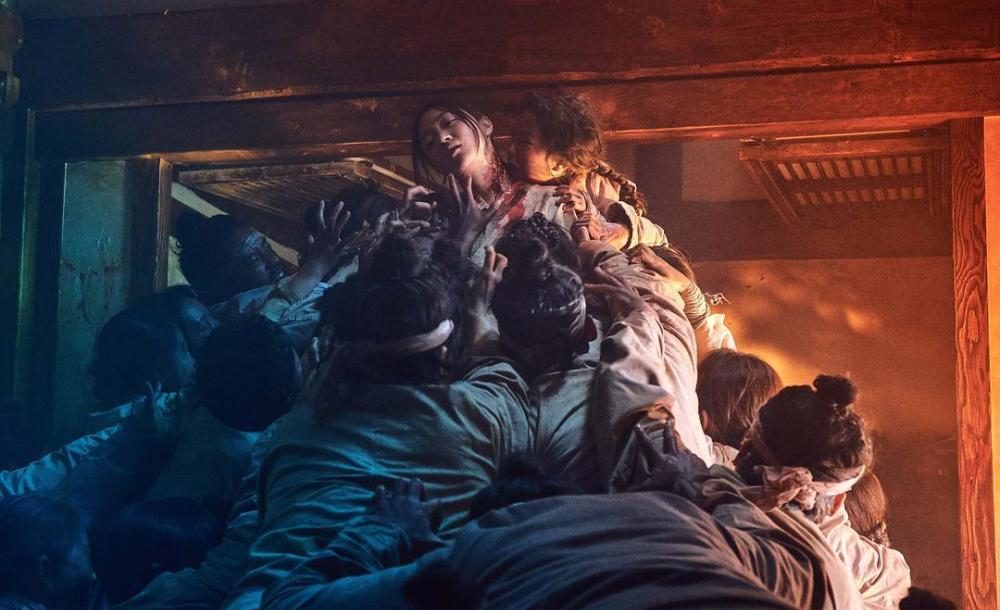
Some people think that South Korea is like a “mini Hollywood”, learning the Hollywood “story system” and then integrating into localized creation.
This is also the reason why many foreign audiences can easily understand Korean film and television.
Others believe that South Korea is more similar to the French system-the Top 10 movies are all their own works, they do not support Hollywood works, and do not need external funds.
In short, the train of Korean film and television is moving fast to Hollywood.
Related Post: “Squid Game” is on fire, why South Korea, which loves to imitate, can always create excellent works through “plagiarism”?


